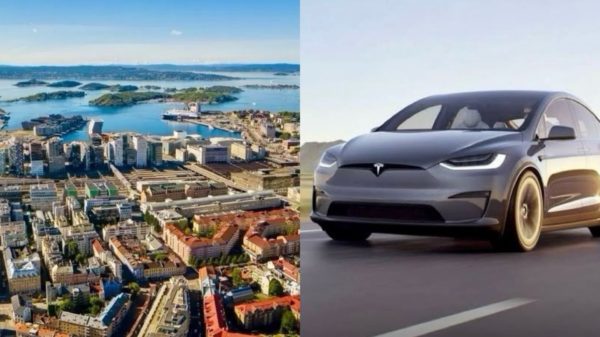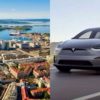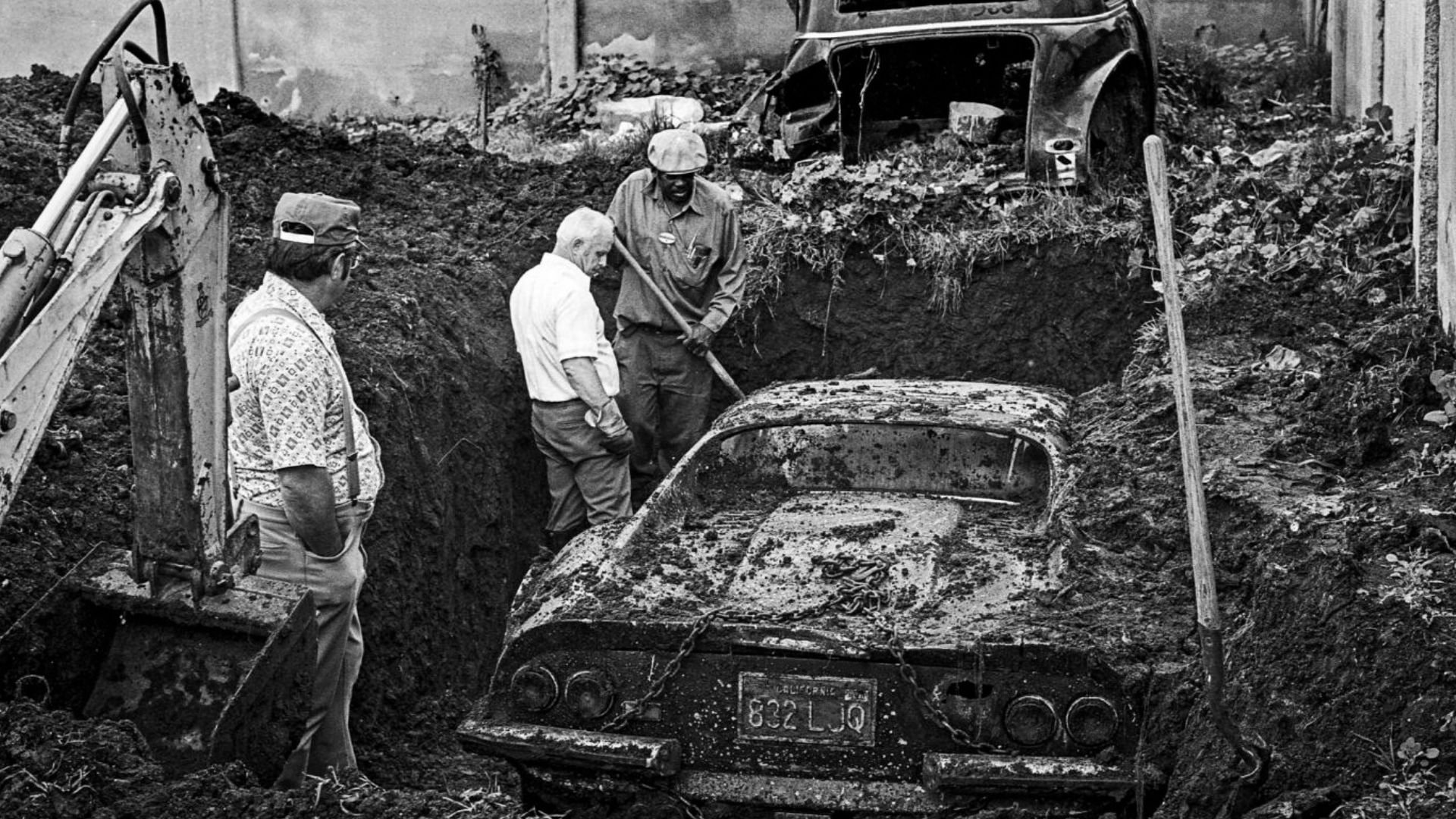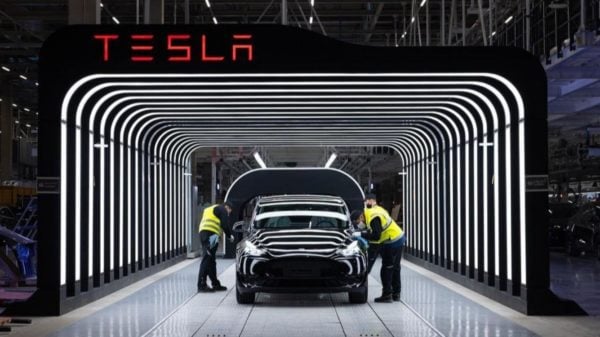You have likely heard of Tesla’s and other EVs bursting into flames on their own. If not, a simple internet search will bring several such videos before you.
The growing popularity and acceptance of electric vehicles seemed to have been blighted by growing safety concerns. These videos of burning EVs went viral, spreading the notion that EVs were extremely susceptible to fire outbreaks.
Even law enforcement officers caught the fever. So much so that some police officers were quick to blame a “spontaneous” explosion rather than crime as the cause of a Tesla car fire.
When cops arrived at the Spokane, Washington scene of a Tesla Model S that was on fire, the cause of the fire was pretty obvious. Or so they thought. Against the objection of its owner, they declared that the car burst into flames on its own, just like the viral videos seemed to suggest.
It took the resilience of the Tesla’s owner to uncover the truth. After reviewing the dashcam footage, he discovered that the fire was the work of an arsonist. The in-built Tesla dashcam system showed an individual walking up to the car and pouring gasoline on it before setting it on fire.
While it’s true that electric cars catch fire and burn for long, the notion that they are more vulnerable to fire outbreaks than gasoline-powered vehicles is a myth. The misconception seemed to have been fueled by the notoriety of their lithium-ion batteries.
Lithium-ion batteries have been found to burn uniquely. First, they are highly resistant to fire. Li-Ion batteries must be heated up to a high degree before they can ignite, unlike gasoline-powered vehicles which catch fire immediately after coming in contact with flames.
In a nutshell, gasoline-powered vehicles are significantly easier to go up in flames than electric vehicles. According to Tesla, gasoline-powered vehicles are 11 times more likely to ignite than Teslas.
Tesla also drew attention to the massive difference in fires per billion miles driven statistics of the two kinds of vehicles. While gasoline-powered vehicles posted 55 fires per billion miles driven, Teslas recorded only 5 fires per billion miles driven.
The part where gasoline-powered cars have the upper hand is in the ease of putting off fires. It is significantly easier to put off fires on gasoline-powered vehicles than on electric vehicles.
When EV’s Li-Ion batteries catch fire, they could burn continuously for hours, requiring enormous volumes of water to put under control.
For example, a Tesla car battery that burst into flames in California required up to 6,000 gallons of water to put out. In other cases, these fires could demand up to tens of thousands of gallons to put out. For this reason, Lithium-ion battery fires are a nightmare for firefighters who haven’t yet gotten sufficient experience in handling them.
The Tesla fire incident has provided a lesson for the Spokane Police Department and even other police departments. Popular opinions aren’t always correct.
It was also an opportunity for many people to get educated about the growing fears surrounding electric vehicles and fires. So, no! Tesla batteries aren’t just exploding for fun. Plus, if you are taking care of your EV and aren’t leaving them to charge overnight, you are in much safer hands than in gasoline-powered vehicles.
































